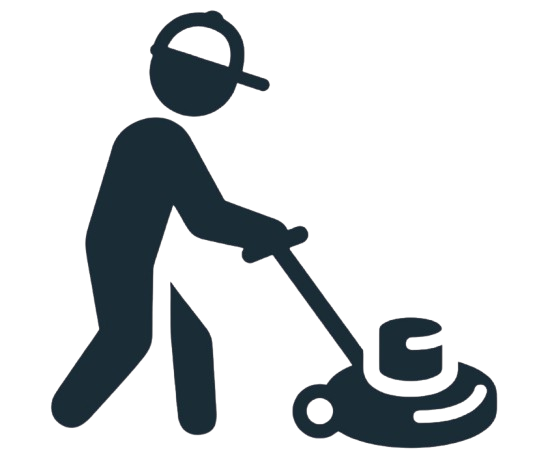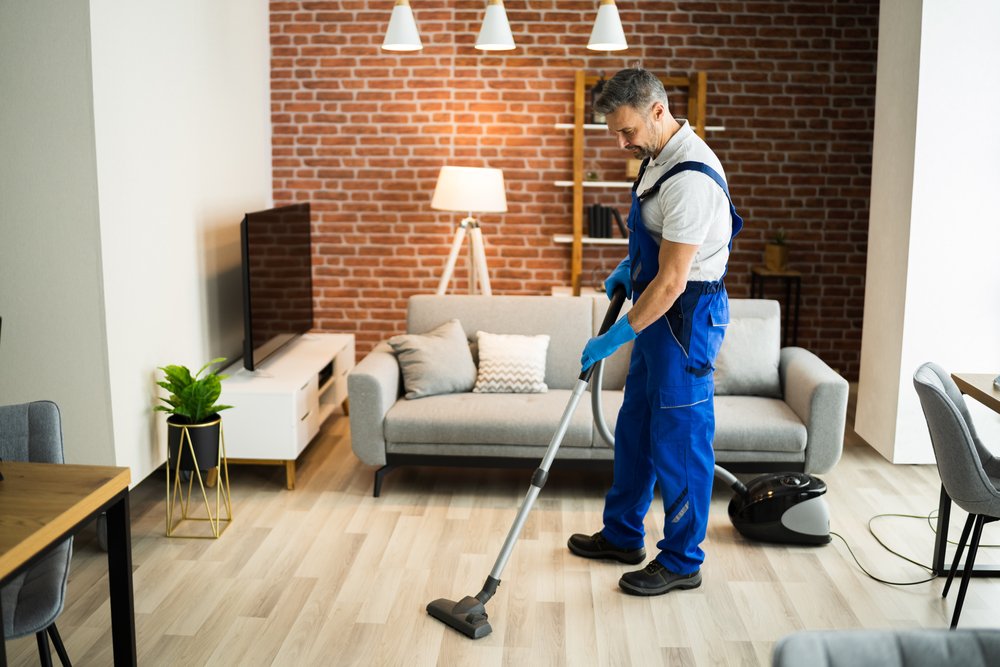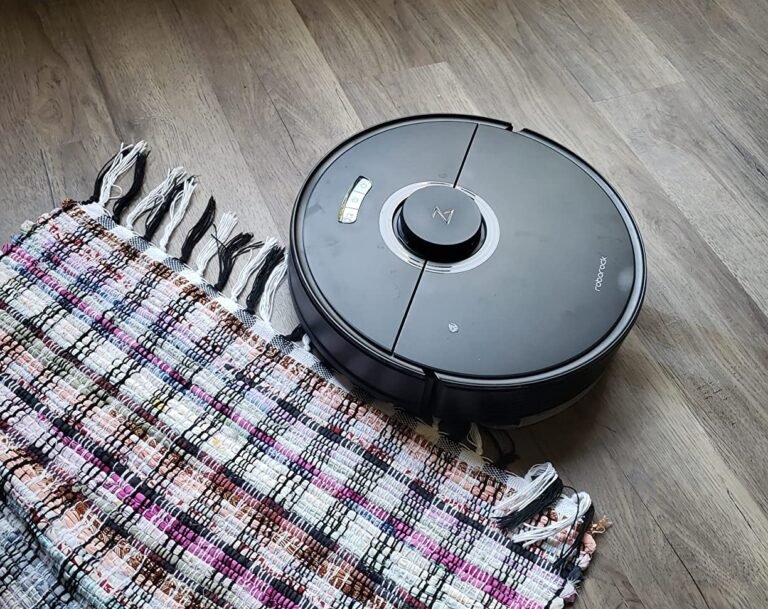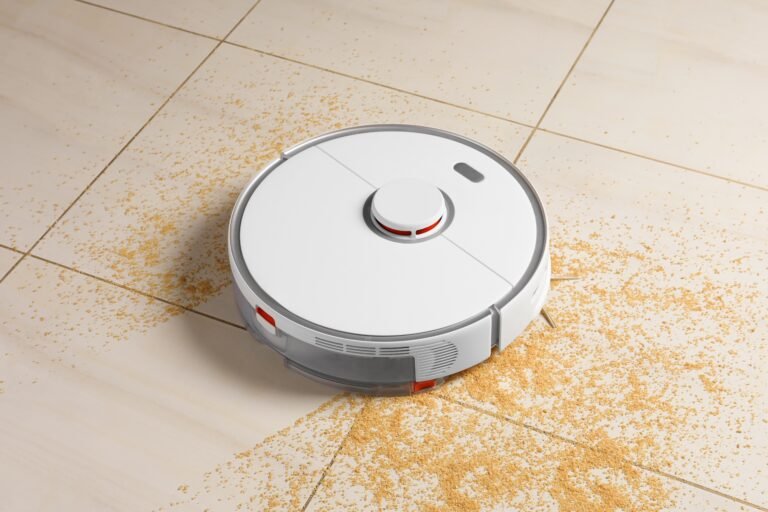Your Complete Guide: 10 Effective Ways to Clean Hardwood Floors
Hardwood floors are a stunning addition to any home, providing warmth, beauty, and a touch of elegance. However, they require proper care and maintenance to keep them looking their best. Regular cleaning not only enhances their aesthetic appeal but also prolongs their lifespan. This guide will explore the best ways to clean hardwood floors effectively while ensuring they remain pristine.
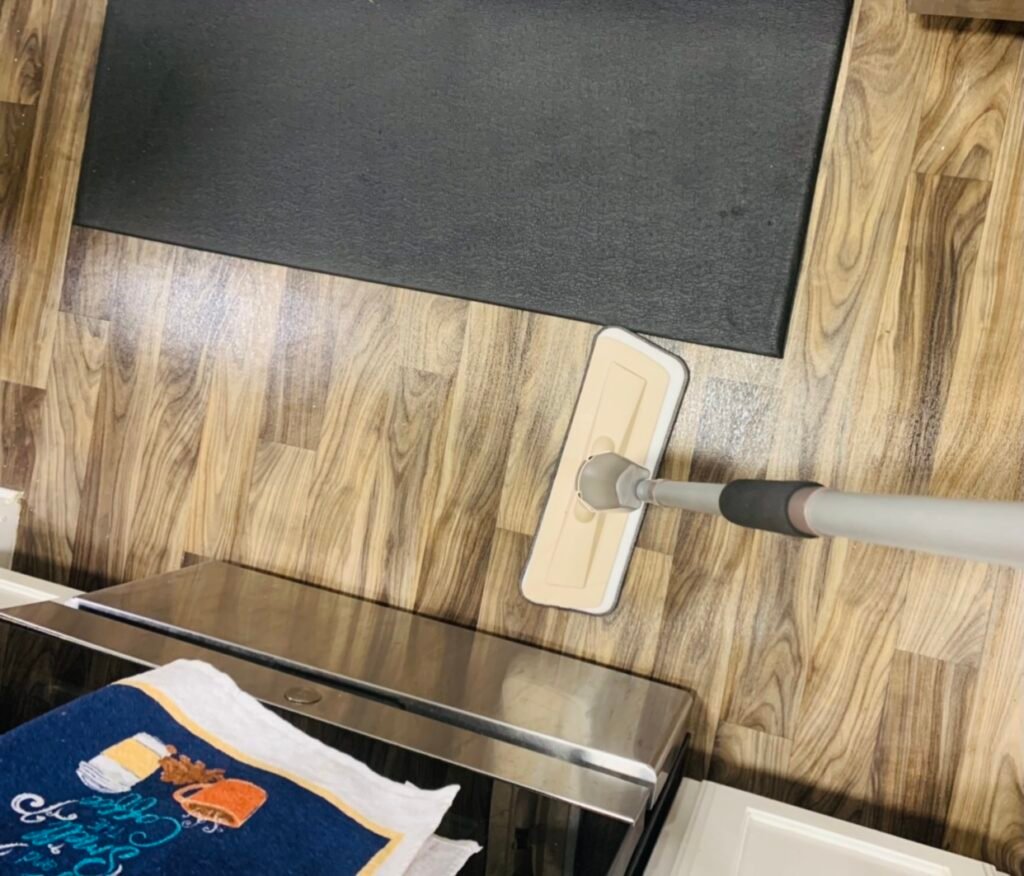
Why Clean Hardwood Floors Regularly?
Before discussing cleaning methods, it’s essential to understand why regular cleaning of hardwood floors is crucial. Dust, dirt, and debris can scratch the surface of your flooring and dull its shine. Additionally, spills and stains can cause lasting damage if not addressed promptly. Regular cleaning helps prevent this damage, ensuring your floors remain beautiful for years.
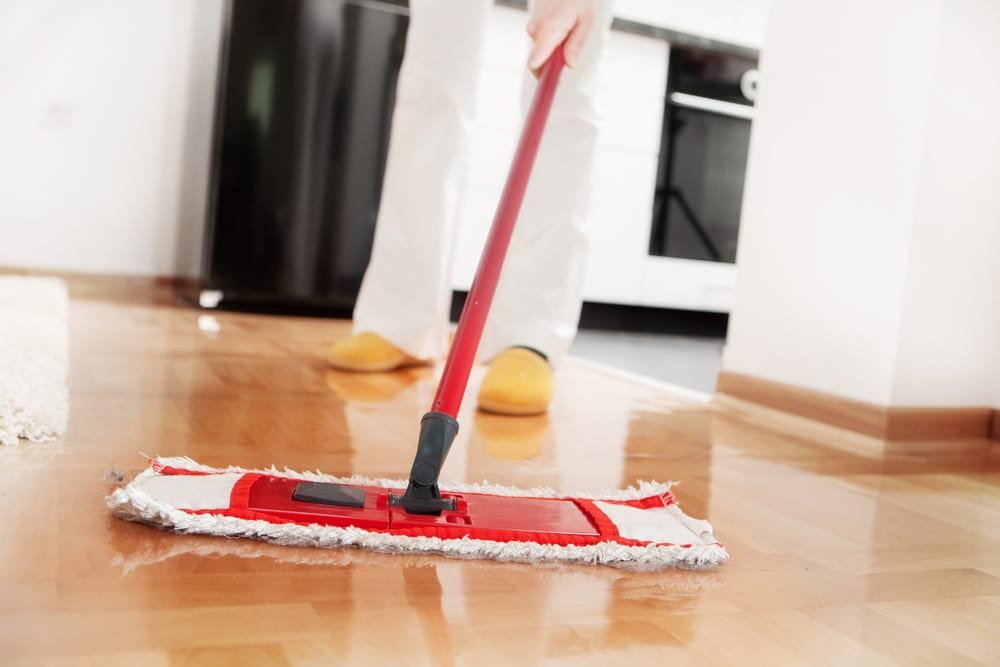
1. Sweep or Vacuum Daily
One simplest yet most effective way to maintain your hardwood floors is by sweeping or vacuuming them daily. This helps remove dust and debris that can scratch the surface. When sweeping, use a soft-bristle broom to avoid damaging the wood. For vacuuming, choose a model with a hardwood floor setting or a vacuum specifically designed for hardwood floors, as it will have the necessary suction power without the risk of scratching.
Tips for Sweeping and Vacuuming:
- Always sweep or vacuum before mopping.
- Use a microfiber dust mop for best results.
- Pay special attention to corners and under furniture where dust tends to accumulate.
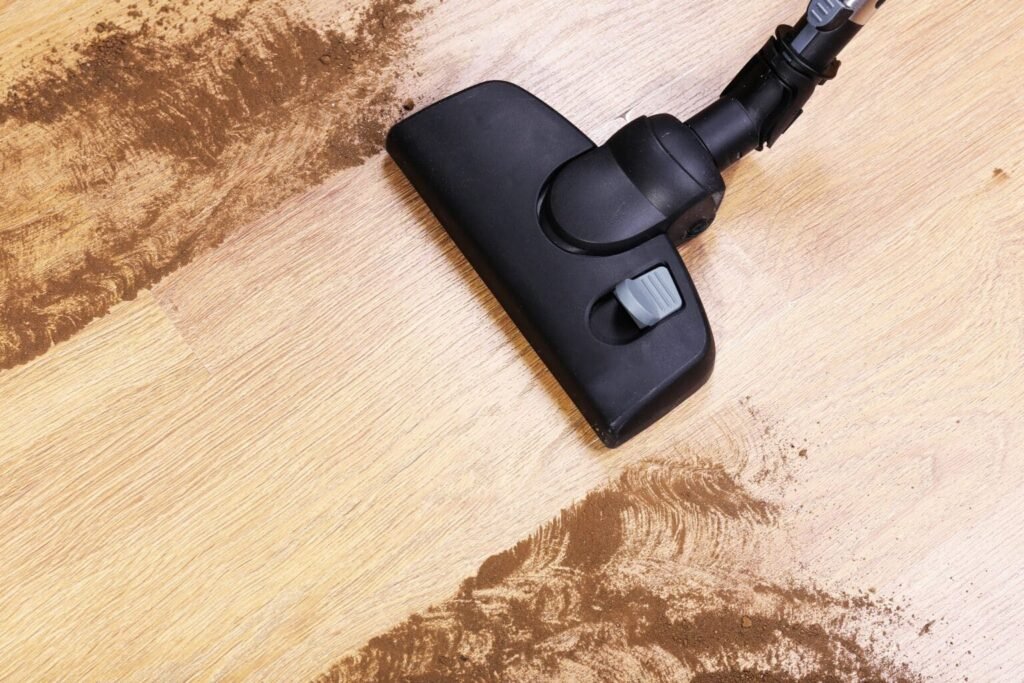
2. Use a Microfiber Mop for Damp Cleaning
Microfiber mops are ideal for cleaning hardwood floors because they are gentle yet effective. They can trap dirt and dust without excessive moisture, damaging wood. When damp cleaning, avoiding soaking the floor is crucial, as excessive water can warp the wood over time.
How to Use a Microfiber Mop:
- Lightly dampen the microfiber mop with water or a hardwood floor cleaner.
- Wipe the floor in the direction of the wood grain.
- Change the mop head frequently to avoid spreading dirt around.
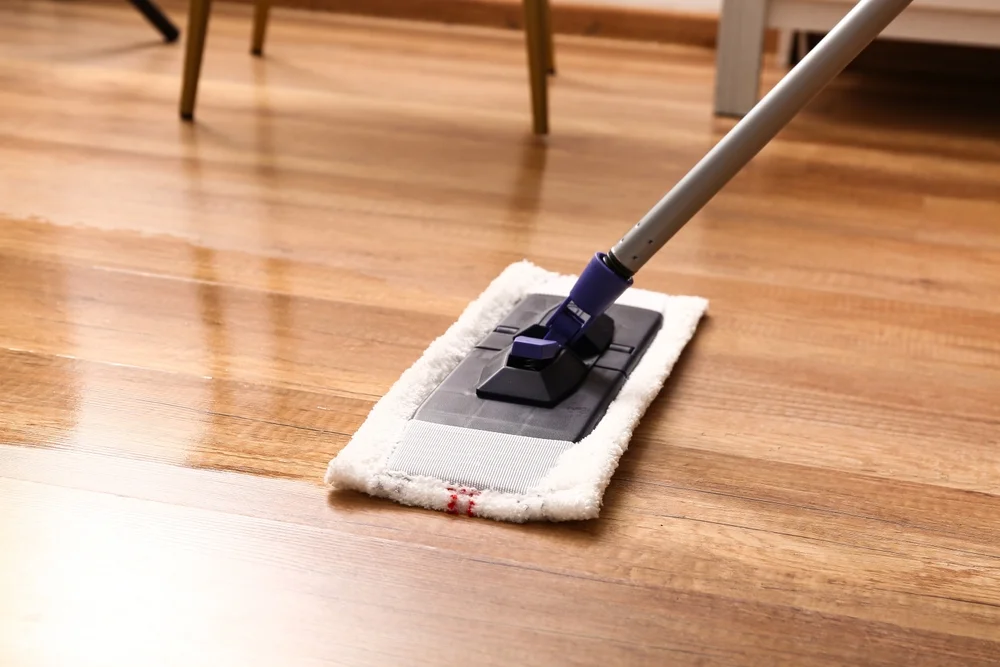
3. Choose the Right Cleaning Solution
Selecting the right cleaning solution is vital when cleaning hardwood floors. Some harsh chemicals can damage the finish of your floors, leading to costly repairs. Opt for a pH-balanced hardwood floor cleaner specifically formulated for wood surfaces.
Homemade Cleaning Solution:
Mix one cup of white vinegar with a gallon of warm water for a natural cleaning solution. This mixture effectively cleans while being gentle on your floors. Always test any cleaning solution on a small, inconspicuous area before applying it to the floor.
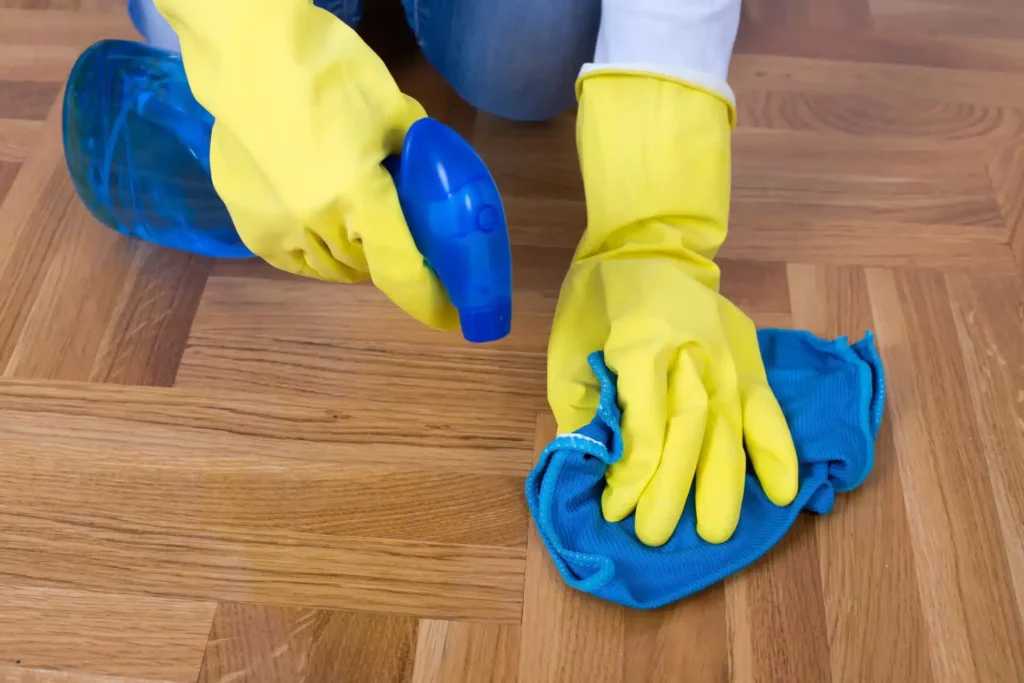
4. Address Spills and Stains Immediately
Spills and stains can occur anytime, so acting quickly is essential to prevent damage. Use a soft cloth or paper towel to blot the area immediately for liquid spills, such as water, wine, or juice. Avoid rubbing, as this can spread the liquid and damage the finish.
For Stains:
- Pet Accidents: Clean up pet urine or faeces immediately using an enzyme cleaner designed for pet stains.
- Food and Beverage Stains: For tougher stains like food or coffee, dampen a cloth with warm water and a few drops of dish soap, then gently scrub the area.
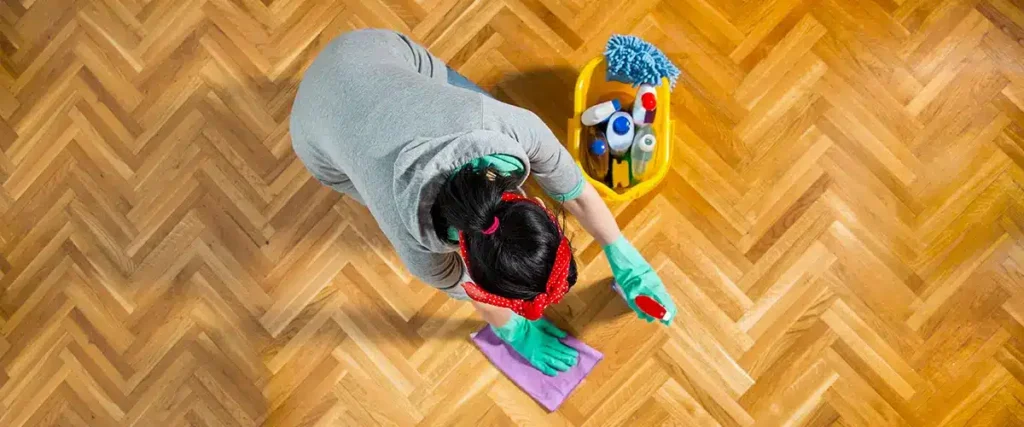
5. Implement a Regular Deep Cleaning Schedule
While daily cleaning is essential, scheduling regular deep cleaning sessions is also crucial. Depending on foot traffic and lifestyle, a deep clean should be performed every one to three months. Deep cleaning involves more thorough methods and may include refinishing if necessary.
Steps for Deep Cleaning:
- Remove all furniture and rugs from the area.
- Sweep or vacuum thoroughly.
- Mop with a suitable hardwood cleaner, following the manufacturer’s instructions.
- Allow the floor to dry completely before replacing furniture.
6. Use Furniture Pads and Rugs
Preventative measures can significantly reduce wear and tear on your hardwood floors. Placing furniture pads under the legs of chairs, tables, and other heavy items can help prevent scratches and dents. Additionally, using area rugs in high-traffic zones can protect your floors from excessive wear.
Choosing the Right Pads:
- Look for felt pads that are specifically designed for hardwood floors.
- Ensure that the pads are clean and free of debris to avoid scratching.
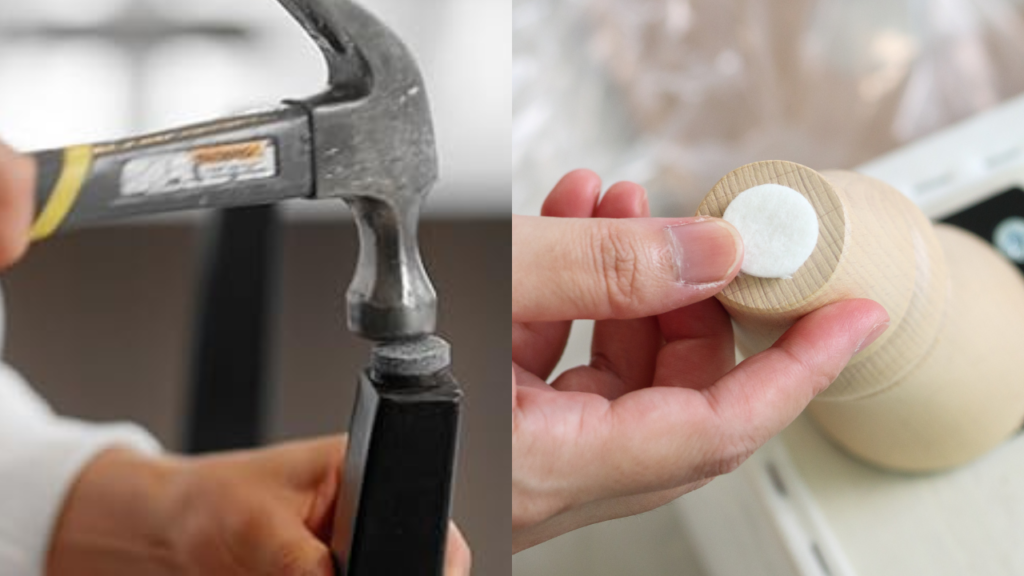
7. Maintain Humidity Levels
Wood is a natural material that can expand and contract with changes in humidity. To maintain the beauty and integrity of your hardwood floors, keep indoor humidity levels between 30% and 50%. During the winter months, consider using a humidifier to prevent the air from becoming too dry.
Why Humidity Matters:
- Low humidity can cause the wood to shrink and develop gaps between planks.
- High humidity can lead to warping and buckling of the floor.
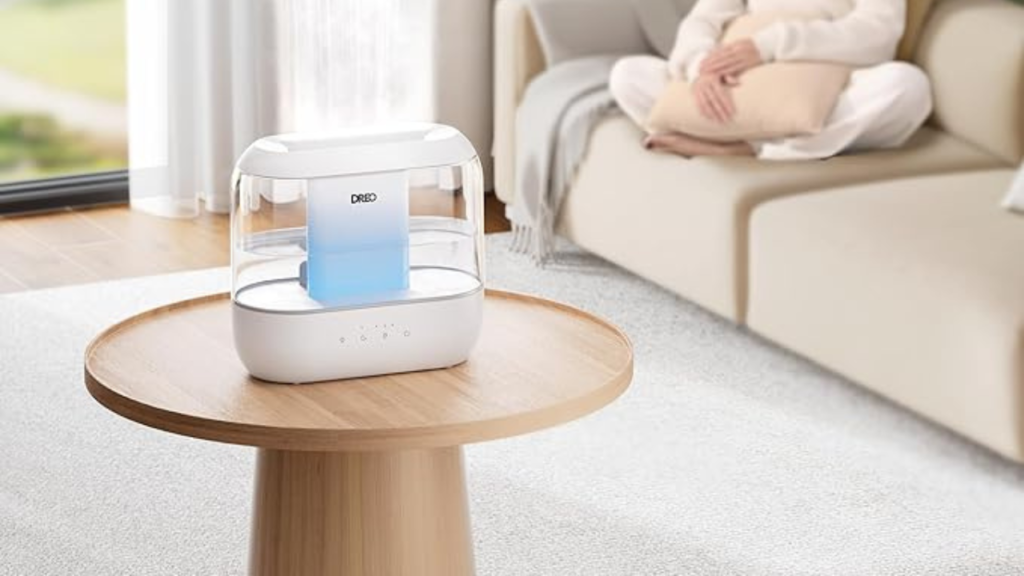
8. Avoid Harsh Cleaners and Tools
When cleaning hardwood floors, avoiding harsh chemicals, abrasive cleaners, and tools that can damage the surface is essential. Products containing ammonia, bleach, or wax are also avoidable, as they can dull the finish or strip the wood of its protective coating.
Recommended Cleaning Tools:
- Soft-bristle brooms or microfiber dust mops.
- Non-abrasive cloths for wiping and scrubbing.
- Professional-grade hardwood floor cleaning products.

9. Consider Professional Cleaning
Professional cleaning can be a valuable option for homeowners who find it challenging to maintain their hardwood floors or have not cleaned them in a long time. Skilled cleaners use specialized equipment and solutions to clean and restore hardwood floors.
Benefits of Professional Cleaning:
- Access to equipment and products that are not available to the general public.
- Expertise in identifying and addressing specific issues.
- You enhanced the appearance and longevity of your flooring.

10. Regularly Inspect and Maintain Your Floors
Finally, regular inspections can help you catch problems early before they become costly repairs. Look for signs of wear, scratches, or damage, and address these issues promptly. If you notice significant wear or damage, it may be time to refinish your floors.
Tips for Maintenance:
- Inspect your floors for scratches and scuffs regularly.
- Touch up scratches with a matching wood filler or marker.
- Schedule refinishing every 5 to 10 years, depending on usage.
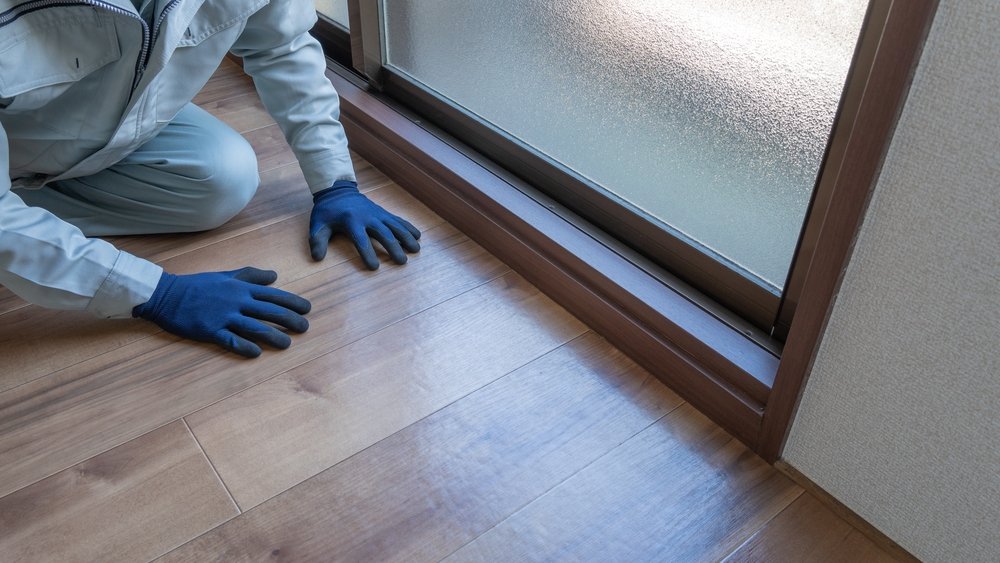
Conclusion
Keeping your hardwood floors clean and well-maintained doesn’t have to be a daunting task. By incorporating these ten best practices into your cleaning routine, you can enjoy their beauty for many years. Regular cleaning, the right tools, and preventative measures are vital to preserving their natural elegance and durability.
With dedication and the proper techniques, your hardwood floors can remain a stunning focal point in your home. Embrace these cleaning tips to create a welcoming and beautiful environment for family and friends.
In conclusion, keeping your hardwood floors clean and well-maintained is essential for preserving their beauty and longevity. By following the ten best methods outlined in this guide, you can ensure that your floors remain aesthetically pleasing and protected from damage caused by dirt, dust, and spills. Consistency is key to opting for natural cleaning solutions or investing in high-quality commercial products. Regular cleaning and maintenance will help prevent grime buildup and reduce the risk of scratches and other wear and tear, allowing your hardwood floors to shine for years.
